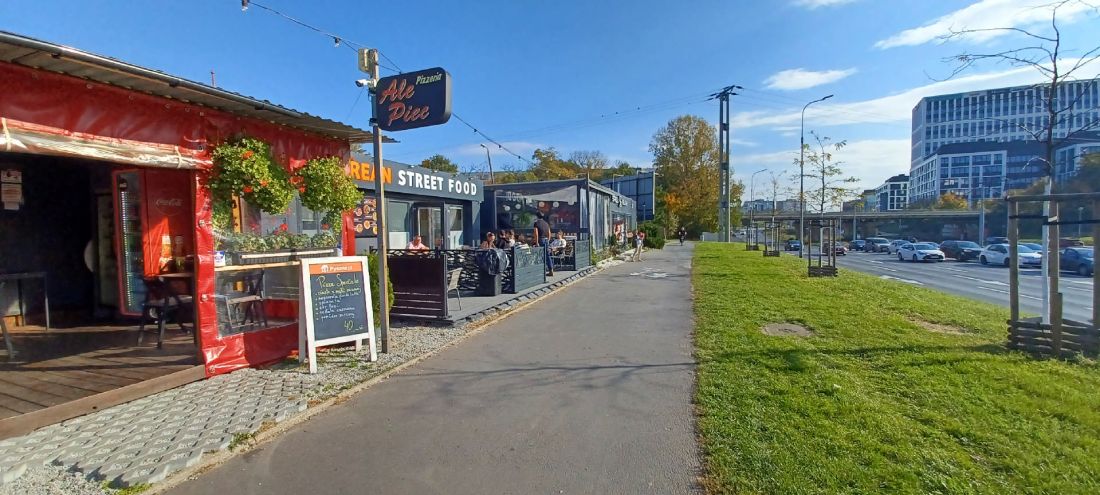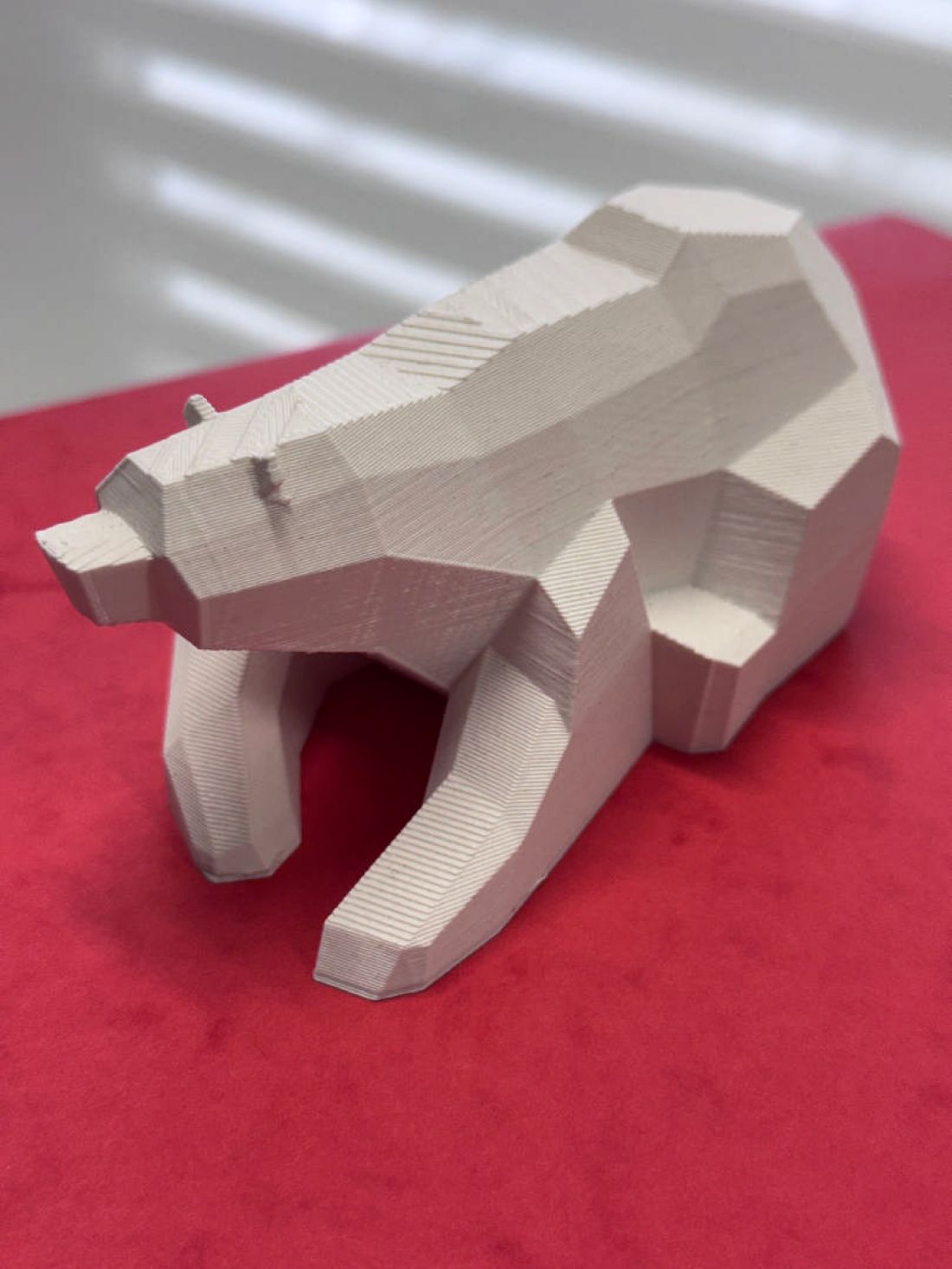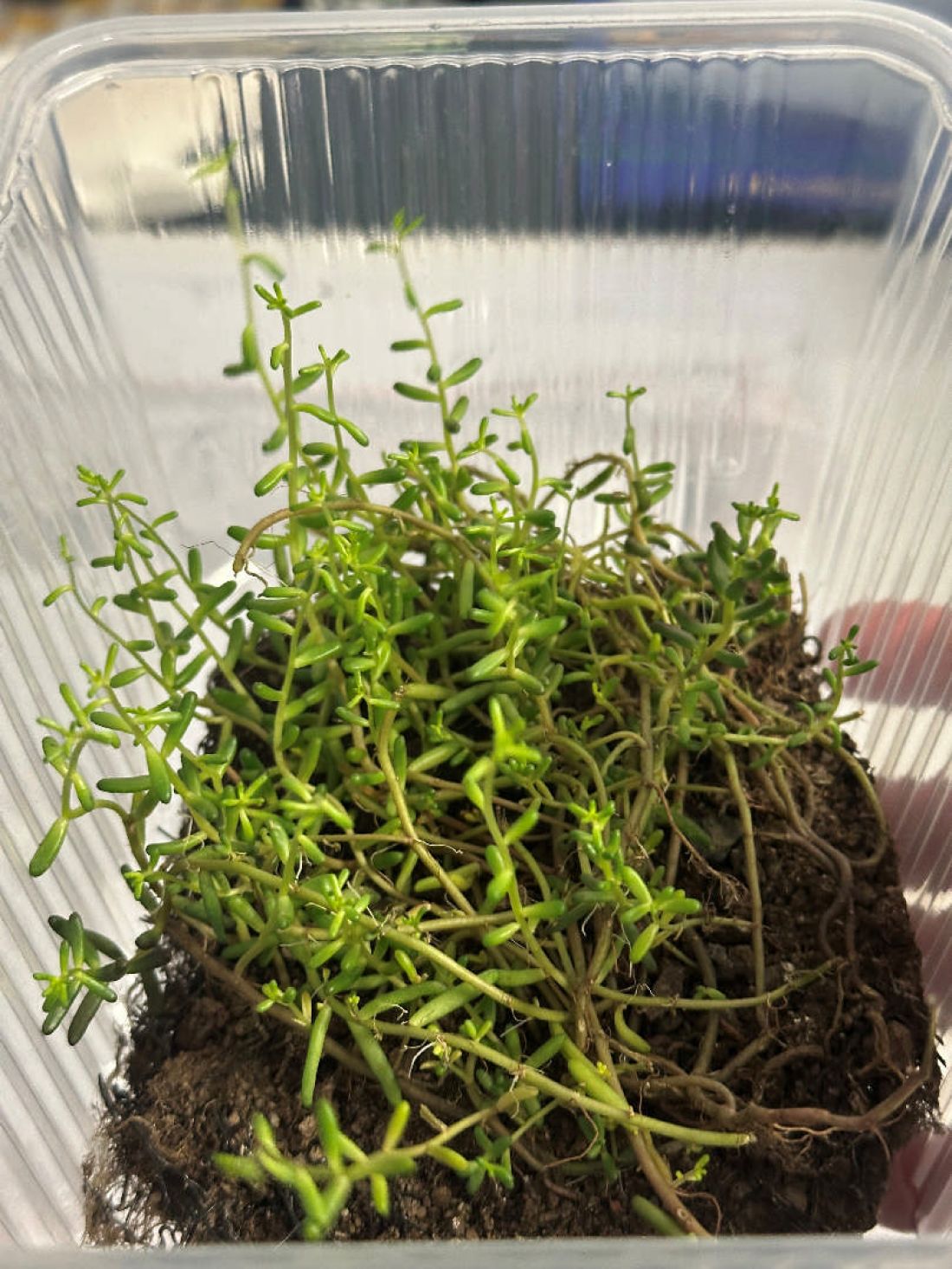Although they are more associated with familiarity, naturalness, chaos and hustle and bustle, City markets are a luxury. They are not only for the procurement of food “from the farmer”, eggs from the “happy hen”, but an egalitarian meeting, a place where the time in the rhythm of the seasons can flow somewhat slower. And while these nutritious zones of our cities are experiencing a renaissance today, they face many challenges, including the architectural.
The bear market in Wroclaw is about to modernize
Photo: With the kind permission of Miroslaw Posluszny
Nowadays there are six marketplaces in Wroclaw, and one of them is facing a large modernization. The hotel is located in Popowice, at the intersection of the streets Niedźwiedzka and Legnicka ,, The market for Niedźwiedzia has been active since the 1990s. Although the location is attractive, it does not allow specific architectural gestures – because heating pipes with a large diameter run underground. However, nothing stands in the way of cleaning up the space and introducing solutions that make the room for regular customers and retailers as well as those who are not yet convinced to shop more attractive on the bazaar.
Students of the Academy of Fine Arts in Wroclaw (Oskar Chmielinski, Julia Radomska, Hanna Seredyńska, Antonina Smoktunowicz and Iwo Scenk) were this challenge. Similar to the design of the stadium at the Qatar World Championship (Design: Fenwick Iribarren Architects) they suggested the use of Colorful containerAlso switched on with which new functions can be introduced on the website. In fact, the revival of the market is to be supported by creating a meeting point with a playground and a considerable bear made of child-friendly materials in addition to the shopping and dining areas. There will also be Environmental solutions – A green roof and rainwater recycling system will appear. However, these changes will not affect the costs for dealers – they can remain in their pavilions, but also invest in the new, modernized part of the market.
A model of the bear on the playground
Photo: With the kind permission of Miroslaw Posluszny
We talk about what a good market is, what is going on with the urban marketplaces today and the idea that they enter the digital space Joanna ErbelSociologist, member of the ZOPLZ Cooperative Board of Directors and Director of Protopia at Cooptech HubPoland's first cooperative technology center.
Ola block: What potential and which pitfalls do you see in the modernization of the bear market?
Joanna Erbel: Let's start with the broader context, as shown in the City Initiative's report. Strategy for regeneration of marketplaces 2022: Polish marketplaces aging – Both with regard to your customers and in relation to the providers. Your formula must be reinvented – lean into the future and fall back into the past. What I think is the essence of the living markets Diversity: from Products, prices, services, customers. The modernization of the bear market goes in this direction – it wants to increase the quality of the room, but in such a way that they add something new, modernize the structure and at the same time lose the current dealers. This must be done with great sensitivity. In conversations with the chairman Miroslaw Posluszny, however, he feels that he not only knows his trade because he works on the market, but also speaks to people and conducts surveys. He is also not afraid to look for new ideas, e.g. B. a food zone on the edge of the market. It is designed in such a way that it does not threaten the trade by replacing it, but promoting new customer ships. I also liked the idea of creating A green roof with Sedum treeswhich can be seen in the chairman's office.
A rehearsal of the planned Sedum Ground roof
Photo: Joanna Erbel
Ola block: If you take a few steps in the planned modernization and create an urban market for model, what do you think should be included in you?
Joanna Erbel: A good marketplace is a place that is not only for shopping, but also for the exchange of information. One that gives an apology to talk about trivial matters to Feel part of a community. Learn something new. Try culinary innovations or buy something occasionally. Certainly an important element is nowadays that is Green of the markets – It's not just about roofs, but about pocket parks on your edges (as it takes place on another Wroclaw market – on Mistelstrasse) or another form of green that gives coolness. It would be good if it offered several pretext for the coming people: small purchases, morning coffee, lunch or another later meal. Create social or cultural events after market times.
Ola block: Management of the market is looking for opportunities to attract younger customers – what could in her opinion encourage young people to shop on the market? Can that be done at all?
Joanna Erbel: The bear market already does that. Food areas and small restaurants are an incentive to get out of the office for lunch or other meals. There are many office buildings and the people who work there are the customers' customers. As soon as they are there, it is easier to buy something. Markets can also build an urban identity. My employees Alicja Wójcik, who comes from Generation Z, says that the purchase in a market is a form of root for you – it differs completely from the purchase in a chain business in every city where you are an anonymous person. We as that Cooptech Hub Team also indicate Like chain stores, marketplaces should enter the digital space. After all, we live in a hybrid world and the incentive to shop and visit a marketplace Combine online shopping with personal pickups. The promotion of local seasonal foods by recipes or telling the stories of individual providers and their products can help. In summer we published a report hybrid markets as centers of local life in which these balls can overlap. We covered bazaars because we see them as An important part of the net for food safety And one of the few rooms in which people with different views, lifestyles and income can come together. We also develop The ZIP Cooperative app so that it can better support such places. Just as we need common rooms in the city, we also need them in the digital world.
Ola block: Thanks for the interview.
You can read more about urban markets in the A&B edition of edible city




